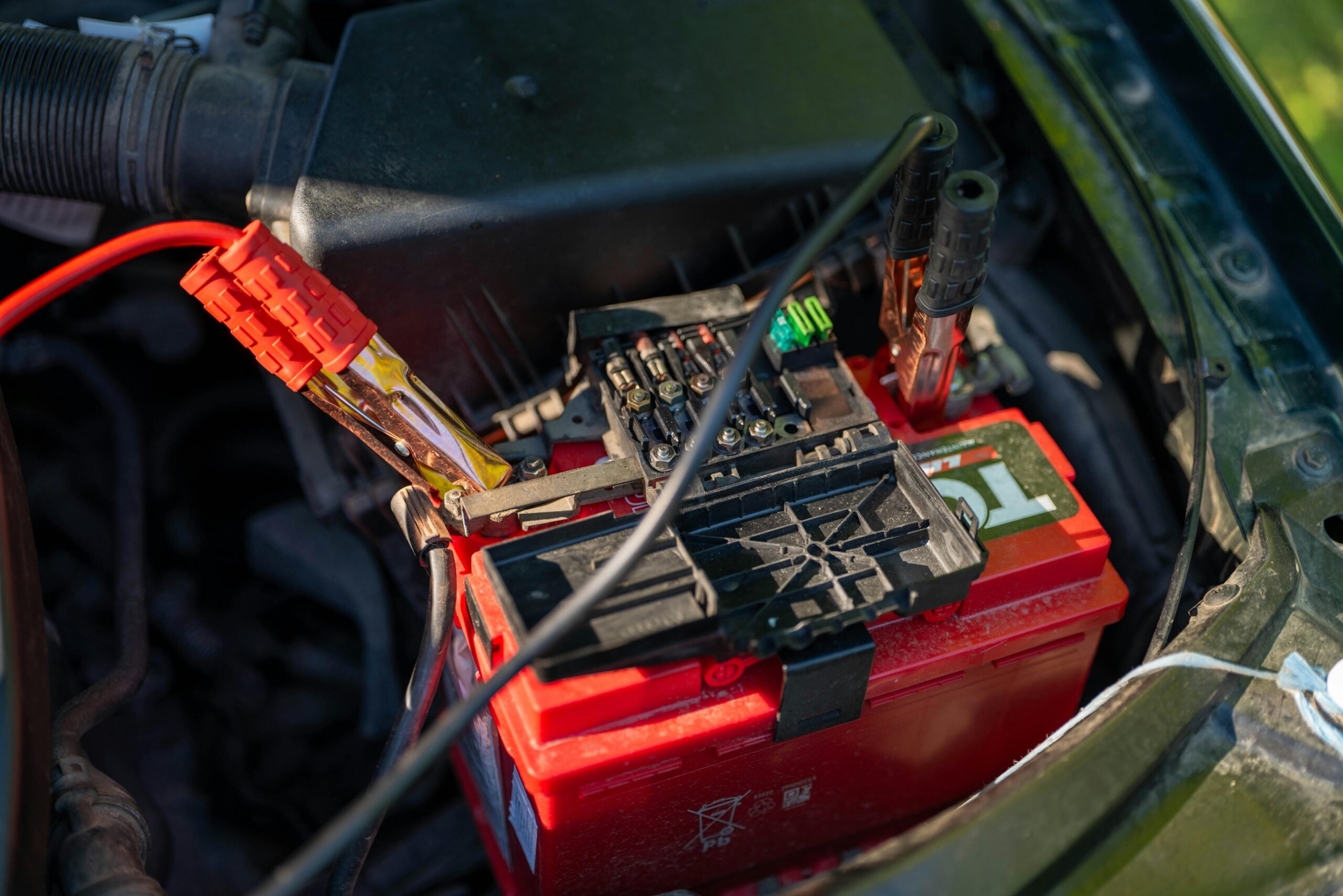Properly jumpstarting a car can save you in times of unexpected trouble on the road. Knowing how to do this easy task will ensure no time is wasted, and you will not need to pay for roadside assistance. This guide will ensure going through the process safely and efficiently, so before the hit, you will be ready.
Understanding the Basics
The most important part of jump-starting any car is knowing the car battery and cables. Under the hood is the battery, which contains two terminals (positive and negative). The positive side/terminal is generally indicated by a plus (+) sign and is mostly a red wire. The negative terminal is usually connected to a black wire and is marked with a minus sign.
Gathering Necessary Tools
However, it should be noted that one of the things required to do this is a pair of jumper cables and a second vehicle with a working battery. Others prefer to use a portable jump starter, so you don’t need another car to do it. Whatever the case may be, make sure to have all the tools in working condition to prevent any accidents.
Ensuring Safety First
Safety must always be the priority. Both vehicles need to be turned off, and the keys need to be removed from the ignition. This decreases the chances of being electrocuted or having a fire. Wear tight clothing and some jewellery that may find its way into the engine parts. The second tip is to make sure you wear safety glasses.
Positioning the Vehicles
Park the two cars so that the jumper cables may reach both batteries whilst making sure they do not contact one another. This can prevent accidental sparks. Please engage the parking brakes of both cars to prevent movement during this time. Ensure that the vehicles are parked on level ground.
Connecting the Jumper Cables
Take a red cable and attach one end of the cable to the positive end of the dead battery. Next, connect the other end of the red cable to the positive terminal of the good battery. Then, with the black cable, connect the negative pole of the working battery. Lastly, connect the other end of the black cable to an unpainted piece of metal on the car with the dead battery. It could be a bolt or a bracket to ground that connection for safety
Starting the Process
Once all the connections have been made, turn the ignition on the car that has the charged battery. Let it run for a couple of minutes. That energy gets pushed to the dead battery. Wait at least a few minutes and then try to crank the car with the dead battery. If it starts, allow both cars to run for a couple of minutes to establish the charge.
Handling Common Issues
If the car fails to turn over, check all the connections to make sure they are secure. You might have a loose or improper connection. If the troubles persist, the battery may no longer be chargeable and will require external assistance or replacement.
Disconnecting the Cables
After the car is running, remove the cables in the reverse order. The black cable from the metal surface grounded from the battery is connected first followed by the black cable from the working battery. Then detach the red wire from the functional battery and remove the red wire from the dead battery. Make sure during this process, the clamps of the cable he is working on do not touch.
Aftercare and Maintenance
Once the jump-start is successful, you should drive the car for a period of no less than 20 minutes. This helps recharge the battery. Should the vehicle be slow to operate all over again, a battery as well as an alternator available at a higher level is a challenge. This is where regular checks and maintenance can save you a world of headaches down the line.
Preventive Measures
Take some precautions to avoid having to jump-start the vehicle regularly. Inspect battery connections for corrosion and remove them as required. Make sure the battery is secure enough that it doesn’t move, as moving the battery will eventually damage it as well. Also, do not keep the lights or electronic devices on after turning off the engine, as that affects the battery.
Know about: Most expensive car
Conclusion
Knowing how to jump start a car properly can be life saving. It gives people the confidence to deal with sudden battery failures. Ensuring your car is road worthy by following these steps and doing regular car checks over the year, makes sure your car is ready for the road.
